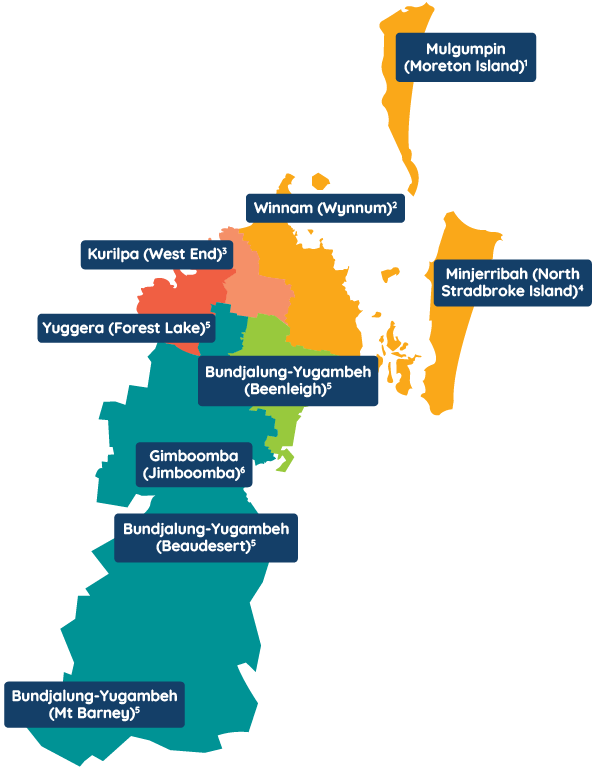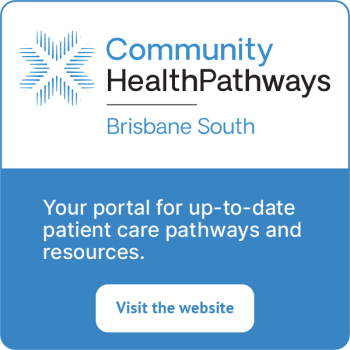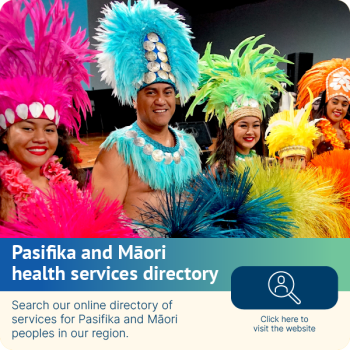Our region
The Brisbane South PHN region covers a large area south of the Brisbane River, including metropolitan, rural and remote island locations. Our region is home to approximately 24% of the Queensland population – over 1.2 million people from many different backgrounds and cultures.
Spanning 4 Local Government Areas including Logan, Redland, Brisbane and Scenic Rim, 223 suburbs and covering 3,770 square kilometres, we are the largest catchment in Queensland by population. We expect to grow to approximately 1.4 million people by 2036.
The boundaries for our region align with those of the Metro South Hospital and Health Service, enabling the efficient transfer of valuable knowledge and skills between the organisations.
 Note about map location names
Note about map location names
Brisbane South PHN values and respects the diverse First Nations cultures and languages across our region. We acknowledge that we are still learning and growing in understanding these First Nations cultures and languages. The information contained in the regional map is provided on an ‘as is’ basis with no guarantees of completeness. We have conducted research and consultation to the best of our ability and we welcome all feedback. If you would like to get in contact, please email contactus@bsphn.org.au
Our region’s hospitals and health centres
Public hospitals | Private hospitals |
|---|---|
Beaudesert Hospital | Greenslopes Private Hospital |
Logan Hospital | Mater Private Hospital |
Mater Public Hospital | Mater Mothers’ Private Hospital, Brisbane |
Princess Alexandra Hospital | Mater Mothers’ Private Hospital, Redland |
Queensland Children’s Hospital | St Vincent’s Private Hospital |
QEII Jubilee Hospital | Sunnybank Private Hospital |
Redland Hospital | Belmont Private Hospital |
Canossa Private Hospital |
Community health centres
Beenleigh CHC | Browns Plains CHC |
Corinda CHC | Eight Mile Plains CHC |
Inala CHC | Logan Central CHC |
Logan Central CMHC | Marie Rose Centre |
Redland Health Service Centre | Southern Queensland Centre of Excellence – Inala |
Woolloongabba CHC | Wynnum-Manly CHC |




